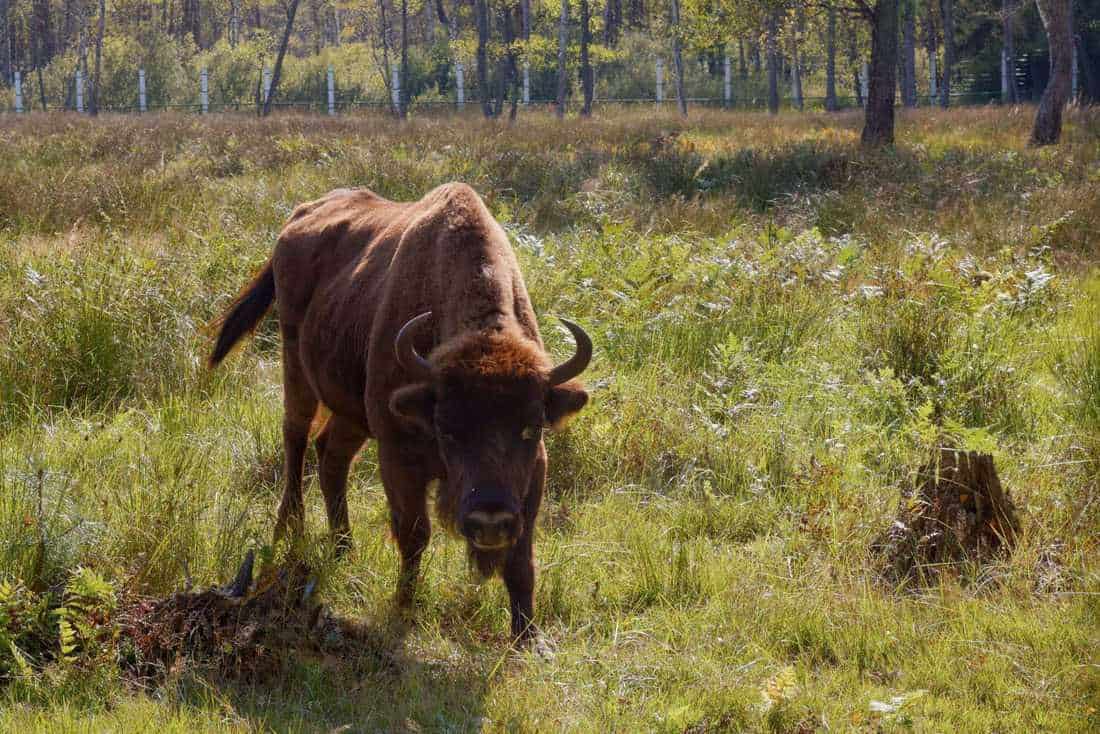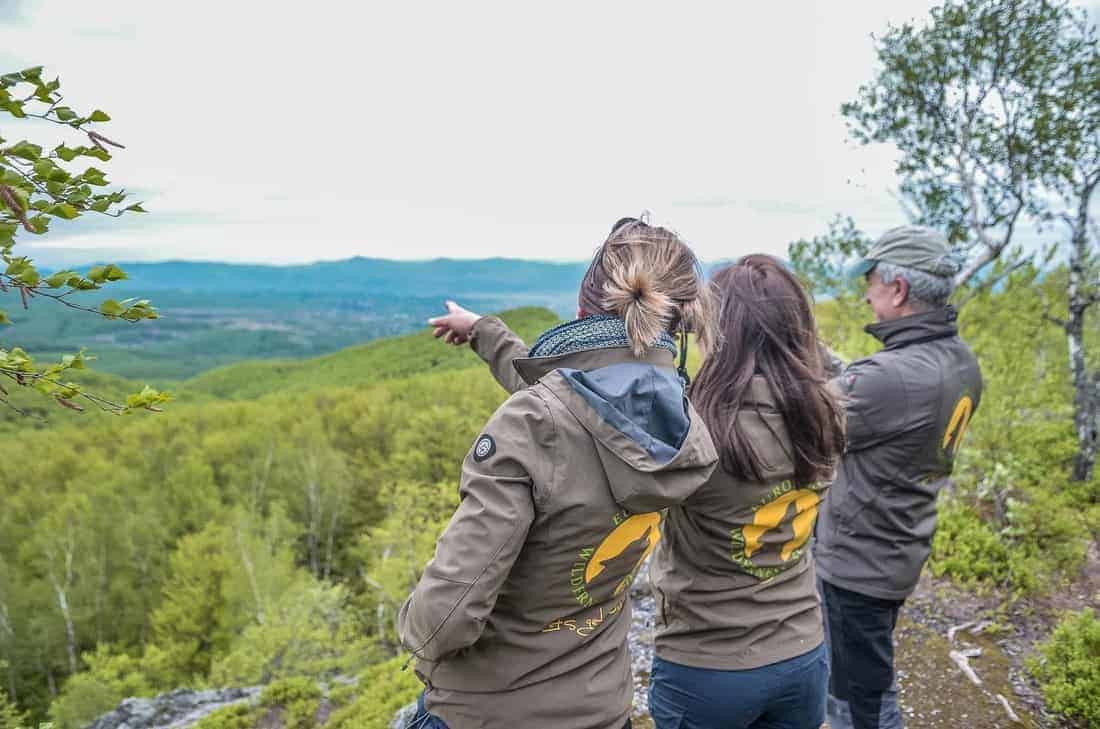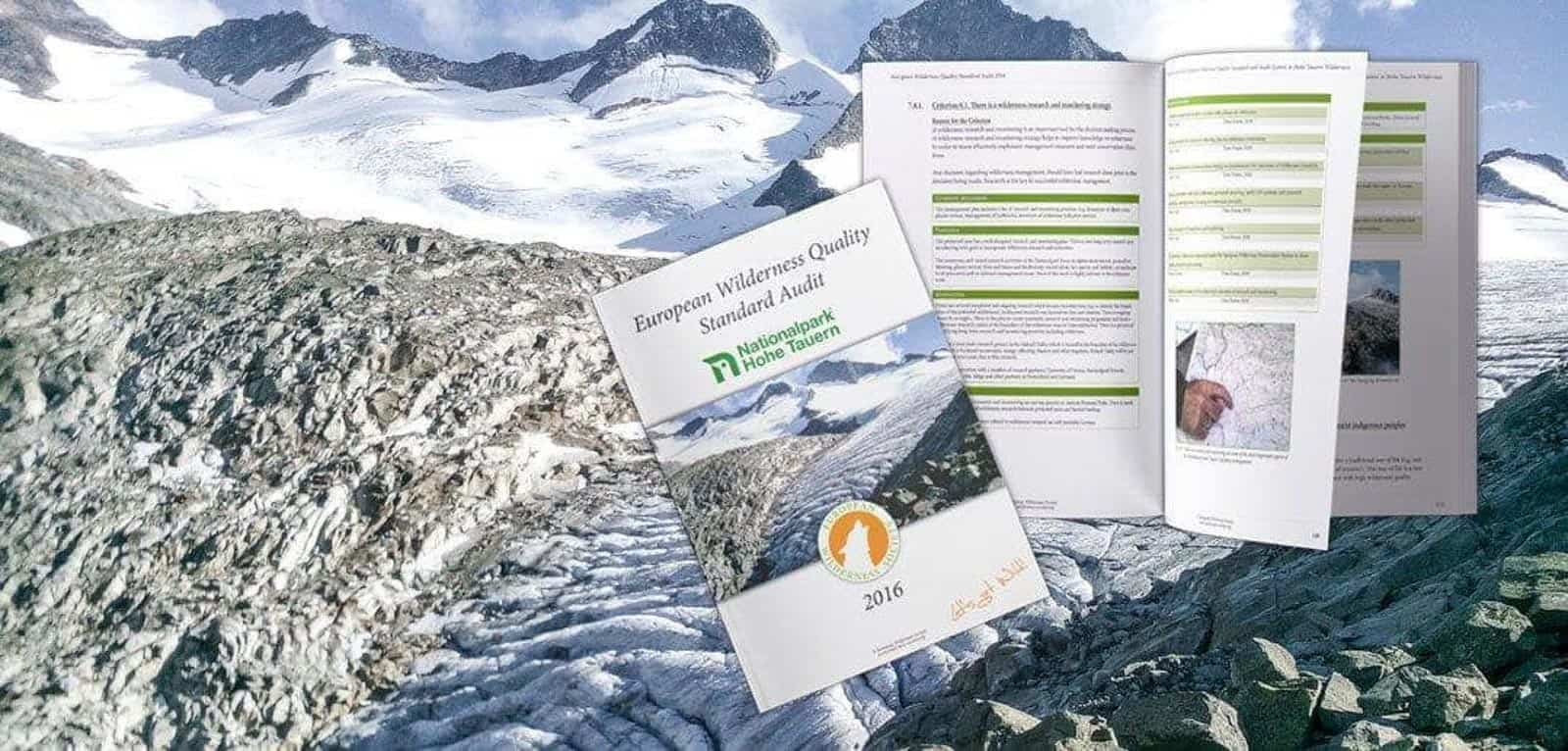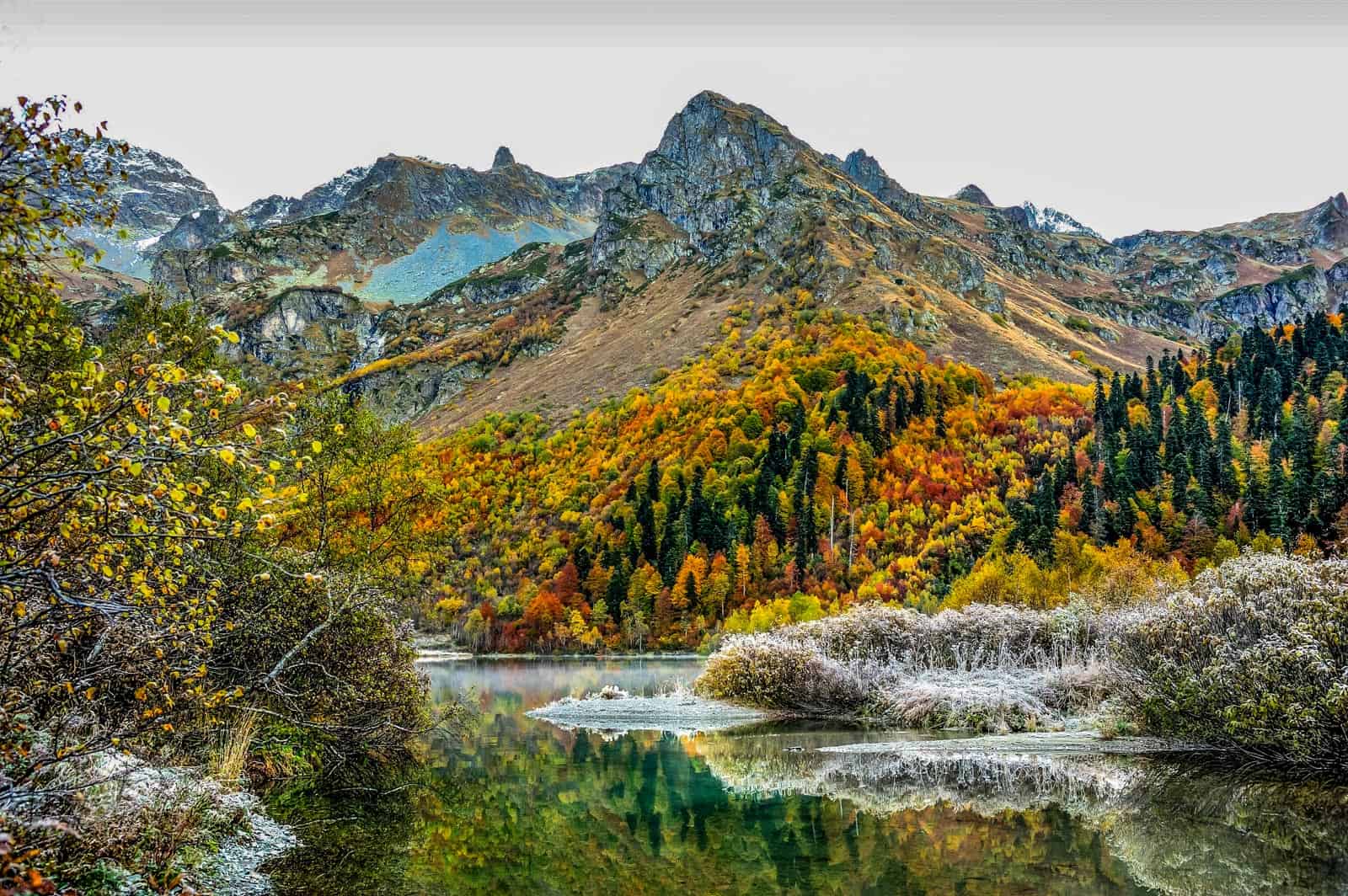Wilderness Act 50th anniversary
The US Wilderness Act celebrates its 50th anniversary.
On Sept. 3, 1964 President Lyndon B. Johnson signed the United States Wilderness Act, creating the world’s largest National Wilderness Preservation System. A total of 9.1 million acres of unspoiled Wilderness forest lands were immediately protected as “designated Wilderness” areas, including California’s Ansel Adams Wilderness and Montana’s Bob Marshall Wilderness.
[soundcloud url=”http://api.soundcloud.com/tracks/83124816″ comments=”true” auto_play=”false” color=”ff7700″ width=”100%” height=”81″]
After a long and hard-fought struggle the United States Wilderness protection system has grown to include today nearly 110 million acres of premiere wildlands from coast to coast.
Wilderness protection is more relevant ever.
As the world is facing increasing challenges caused by humans and as Wilderness areas are also constantly under threat from human development, the approach to protecting wild places must also grow and evolve.
“As we face a changing world and a changing climate, our approach to protecting places must also evolve. We cannot simply work to protect isolated acres of Wilderness. We must connect wild places to larger natural systems that can be resilient in the face of climate change and allow nature to adapt and thrive.”
– Jamie Williams, President of The Wilderness Society
Wilderness designation: a new way for Americans to protect wild places
The Wilderness Act allows the citizens of the United States to work directly with their Government to nominate wild areas into the National Wilderness Preservation System. Through the Act, the public can lobby Congress to protect favorite wild places that have unspoiled Wilderness characteristics, as opposed to relying on administrative agencies alone to make conservation recommendations.

Backbone of the American spirit
Contrary to Europe, Wilderness has always been part of the American national identity. In The 17th and 18th century, Wilderness was the challenge Americans faced when building farms and communities in their drive to settle the West.
Given that Wilderness has been an integral part of the American heritage, the early conservation movement focused on protecting the nation’s epic landscapes.
Numerous of the early visionaries were members of The Wilderness Society. This is also true in Europe where some of the most active Wilderness Advocates are members of the European Wilderness Society.
Wilderness in a changing world
As environmental concerns continue to mount, it becomes more important than ever to maintain wild places. Humans benefit from Wilderness in more than one way.
A living classroom – Wilderness serves as a rich laboratory, allowing scientists and students to study nature. Reserving some lands where nature operates without direct human intervention gives scientists an array of baseline data to understand the affects of climate change.
Home for wildlife – As climate change impacts our world, expanding our Wilderness system is an important strategy to maintain habitat for plants and animals. Wilderness helps sustain healthy populations of Europe’s most revered species: Wolves, Lynx, Bison, Beavers, Vultures, Eagles and more.
Clean water – For many European cities and countries Wilderness areas protect vital watersheds that sustain drinking water.
Places to connect people to each other and the planet – Our wildlands are a playground for millions, but too many Europeans – especially our youngest – are disconnected from the natural environment.
Our Wilderness vision in Europe
50 years after passage of the American Wilderness Act, it is our vision to strive for a European version of the Wilderness Act based upon the European Wilderness Quality Standards.







